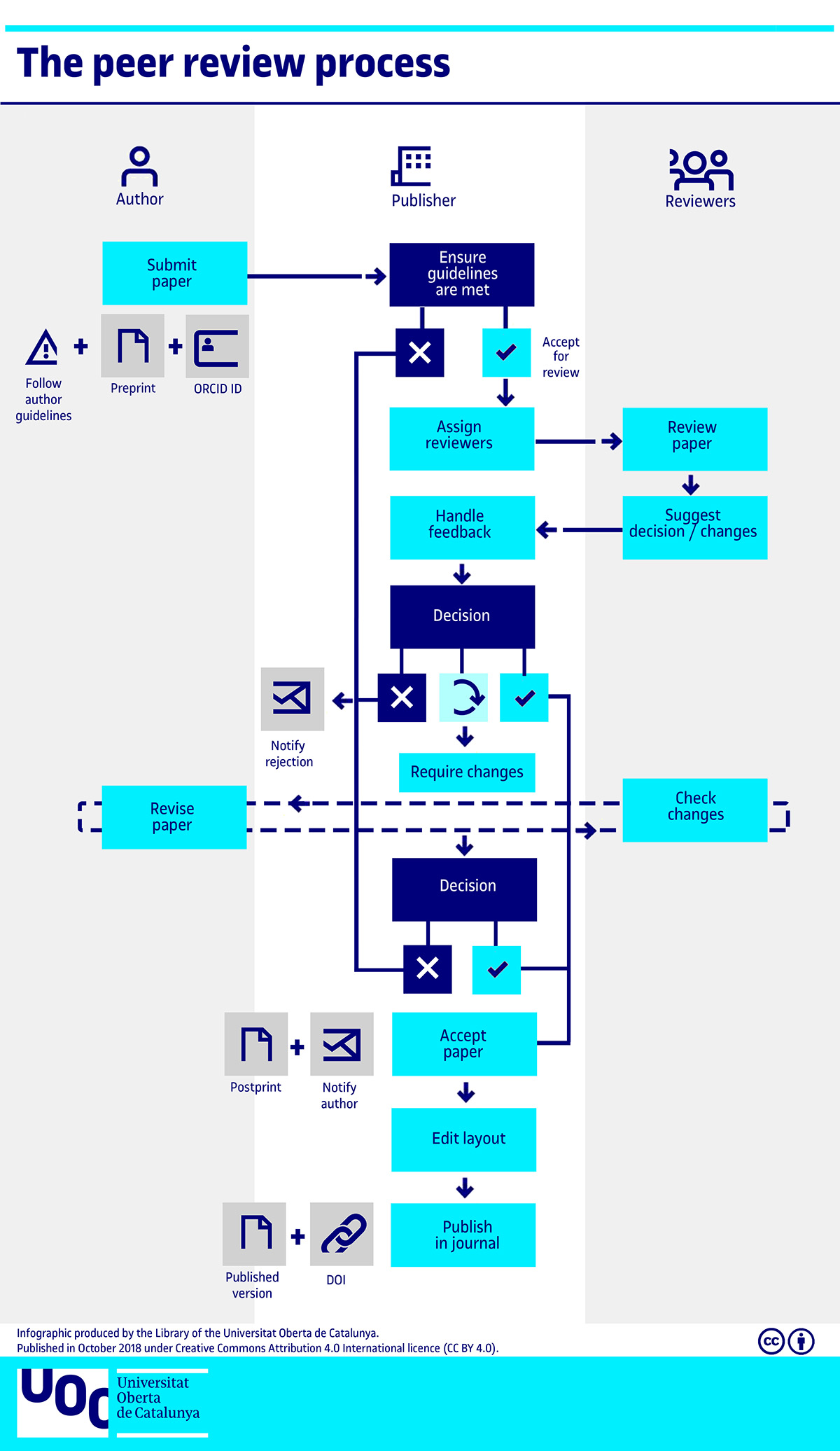This directory lists all the open-access scientific and scholarly journals that apply a quality control system to their content. It aims to increase the visibility and ease of use of open-access scientific and scholarly journals, thereby promoting their increased usage and impact. In short, it is a one-stop shop for users of open-access journals.

Publishing a scientific article
How to choose a journal for publication
There are a number of resources with lists of journals to help you identify the one you would like to publish in. We suggest you take the following steps:
Find the journal you want to publish in
We recommend you use one of the tools provided below to find the journal most suitable for your article:
This directory of scholarly journals allows you to consult the tables of contents (TOCs) of almost 30,000 journal titles from more than 2,500 different publishers.
This tool helps you find the most appropriate journal in which to publish a text in accordance with its characteristics (title, abstract and keywords) and subject. It focuses on Springer and BioMed Central journals.
This search engine helps you identify Scopus journals in which to publish your article, based on its title and abstract.
Assess the scientific journal's quality
Ask yourself a number of questions to rate the journal's quality before deciding whether you should submit your article.
A checklist system to help researchers identify trusted journals for their research.
Find out the journal's impact
The journal's impact factor, rank and quartile are very important when it comes to choosing where you want to publish your research.
IS Journal Citation Reports provide the impact factor data and the quartiles where the scientific journals are positioned. The meanings of the two indicators they include are provided below:
- Impact factor (IF): it measures the frequency with which a journal has been cited in the last two years. It is used to compare journals and evaluate the relative importance of a journal within the same scientific field.
- Quartile: if the list of journals in the same category, arranged from highest to lowest impact factor (IF), is divided into four equal parts, each of these parts is a quartile. The journals with the highest impact factor are in the first quartile.
SCImago Journal Rank classifies scientific journals by subject and country based on the citation data collated from the Scopus database (1999-to the present). The meanings of the indicators it includes are provided below:
- SJR: it provides the SCImago Journal Rank (SJR) indicator, which evaluates the impact of a publication by combining the number of citations received with the influence of the publications that cite it.
- SNIP: it compares the impact of journals from different subject areas.
- Quartile: if the list of journals in the same category, arranged from highest to lowest impact factor, is divided into four equal parts, each of these parts is a quartile. The journals with the highest impact factor are in the first quartile.

